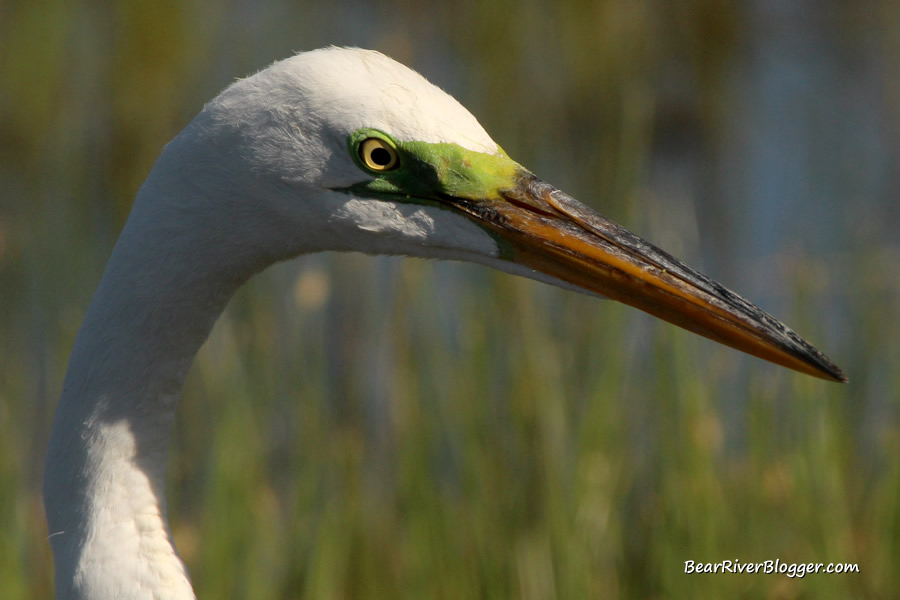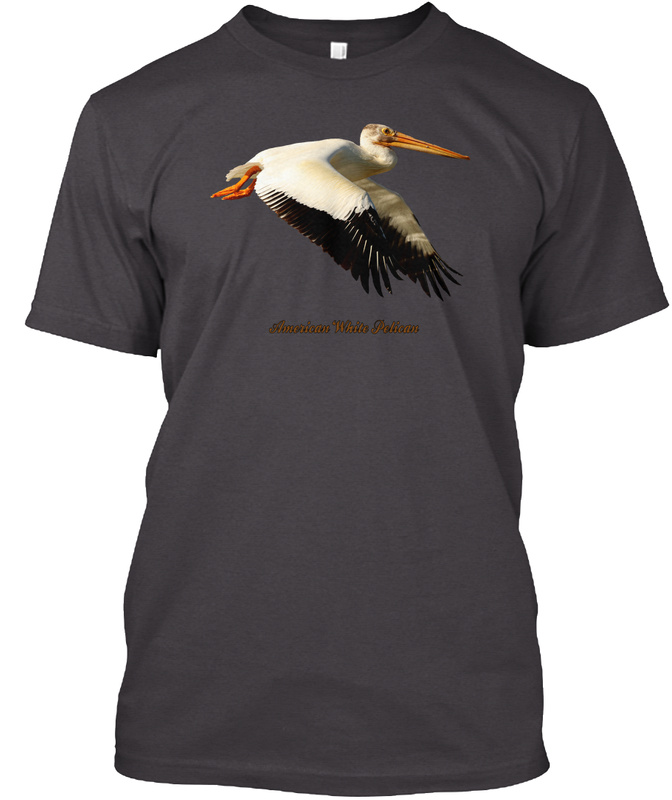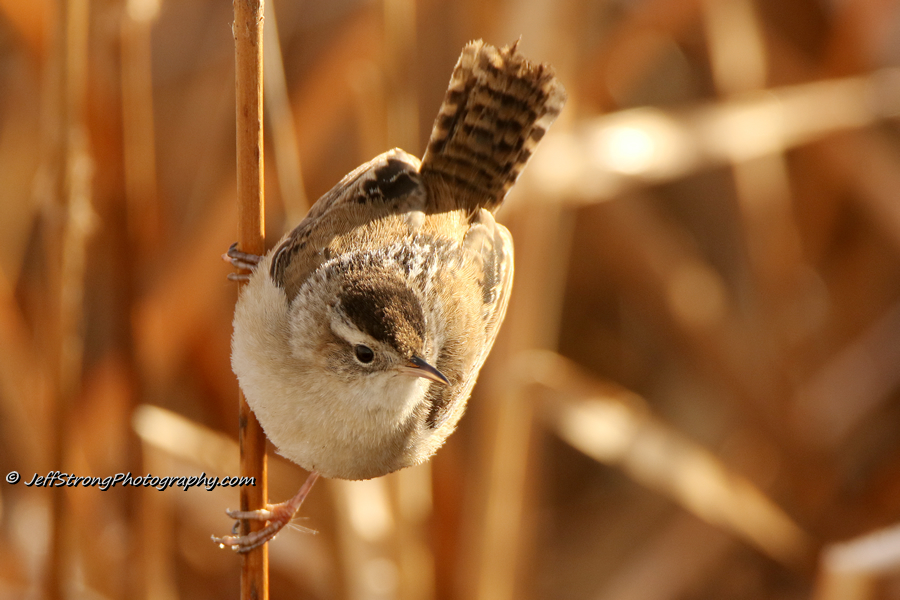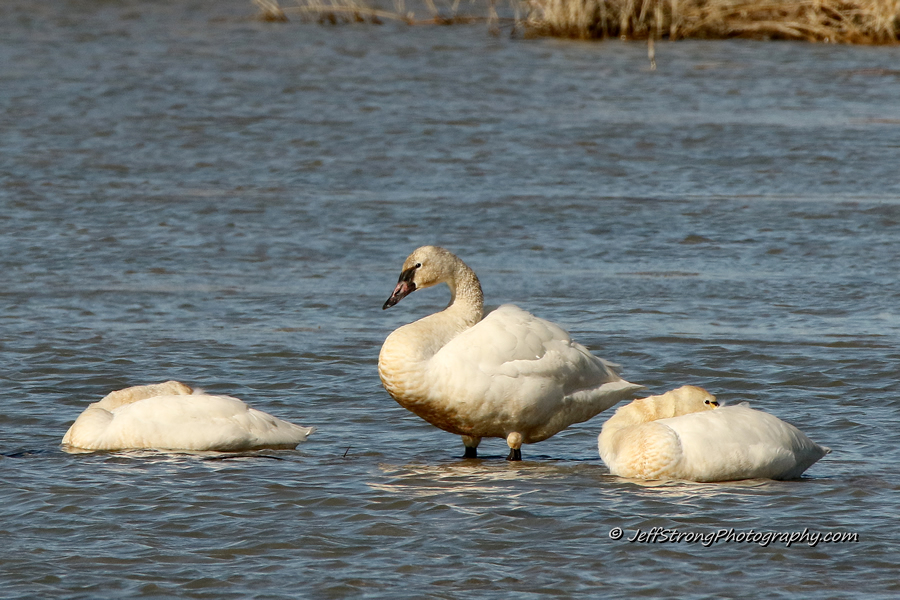One of the more compelling aspects regarding bird watching here in northern Utah is the diversity of birds that either migrate through or permanently live in this part of the state.
A good reason why we have so many different types of birds here to enjoy, especially waterbirds, is the Great Salt Lake wetlands that stretch along the eastern edge of the lake from Salt Lake City to Brigham City, literally covering 4 adjacent counties with a very productive marsh ecosystem.
Of all the different types of waterbirds that are oftentimes seen in many of these wetlands along the Wasatch Front, the egret is certainly one of the most common during the summer months.
Utah has three different species of egrets that are found in the state during much of the year, including the cattle egret, the snowy egret, and the great egret, the largest of the three.
Egrets are waterbirds and are found in wetlands, rivers, and other shallow waterways all across the North American continent during various parts of the year.

They feed upon fish, crustaceans, aquatic insects, frogs, and any other small creature found in a marsh habitat.
Here in Utah, all three species of egrets can be found on the Bear River Migratory Bird Refuge, as well as on many of the other state-managed marsh habitats bordering the Great Salt Lake.
In fact, the two places I personally see the most egrets during the spring and summer months are the Farmington Bay WMA and, of course, the Bear River Migratory Bird Refuge auto tour route.
Cattle Egret
The cattle egret is the least common of all the egrets found here in Utah.
Adult cattle egrets are typically all white except for their yellow legs and bill.
During the summer, cattle egrets molt into their breeding plumage and thusly show beautiful golden plumes on their upper body, including their head, chest, and back that are both attractive and quite distinctive from all other egrets found here in Utah
I rarely see more than three or four cattle egrets each summer, most of which I typically see not on wetlands per se, but following cattle in a pasture looking for a quick, easy meal.
Cattle egrets are sometimes found, however, in the wetlands and marshes, as I have seen them on both the Bear River Migratory Bird Refuge and Farmington Bay.
But most of the time, cattle egrets can be found in grassy fields stalking insects and other small animals.
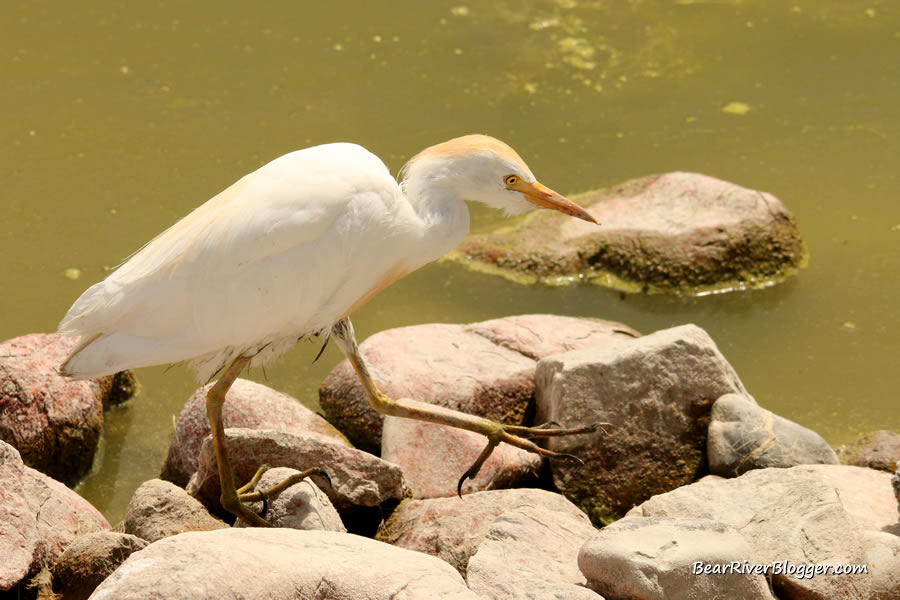
Snowy Egret
The most common egret found here in Utah is the snowy egret.
About the same size as the cattle egret, the snowy egret is quite an attractive bird as well with its brilliant white plumes and bright yellow feet.
It is quite an active bird when it wades in shallow waters in search of food.
In contrast to the great egret which stalks its prey slowly, the snowy egret oftentimes will use its legs and feet to help dislodge small aquatic insects and other prey from the sediment.
Snowy egrets feed mostly upon small fish and other aquatic creatures, including worms, crustaceans, frogs, and a variety of insects.
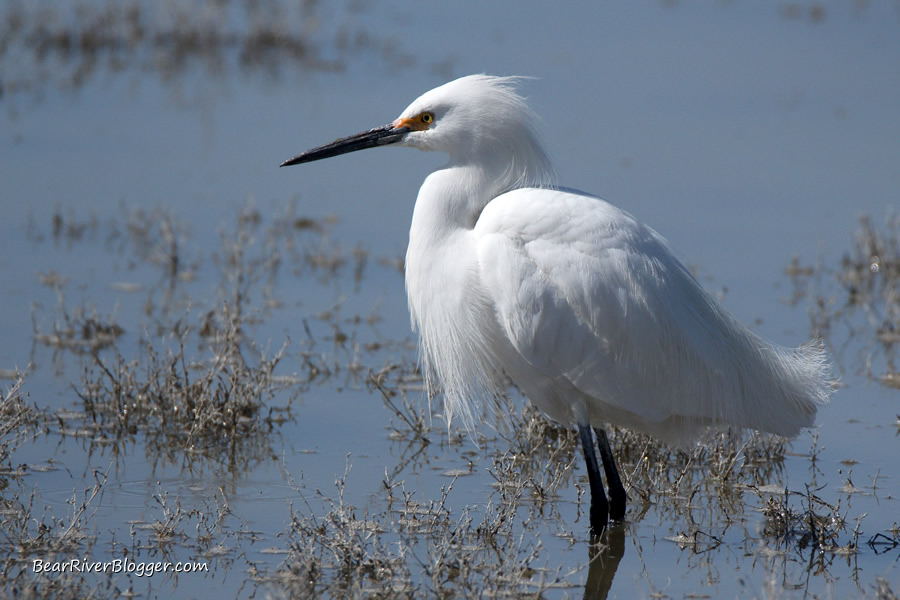
I typically find snowy egrets along the edges of the Bear River Migratory Bird Refuge auto tour route during the summer months as they feed in the shallow waters.
Farmington Bay, just inside the main gate along the asphalt road, is also another great place here in Utah to observe and even photograph the snowy egret during spring and summer.
Great Egret
The largest of the three egrets that visit Utah, the great egret is commonly found on the Bear River Migratory Bird Refuge auto tour route, but more easily found, in my own experience, that is, on the small public access area on Farmington Bay WMA.
I actually do see more numbers of great egrets on the Bear River Migratory Bird Refuge, but seeing them on the refuge is not nearly as consistent as it is on Farmington Bay.
During the summer months, I do tend to find at least one or two great egrets on Farmington Bay on almost every trip where many excursions to the refuge auto loop produce no great egrets at all for me.
I’m not sure why that is but this is one case where I will say Farmington Bay is a much more consistent place to see and photo great egrets than the refuge auto tour road.
Great egrets are much like the snowy egret in that they are an all-white bird, but with an orange dagger-like bill, green facial markings, and a distinctive long s-curved neck.
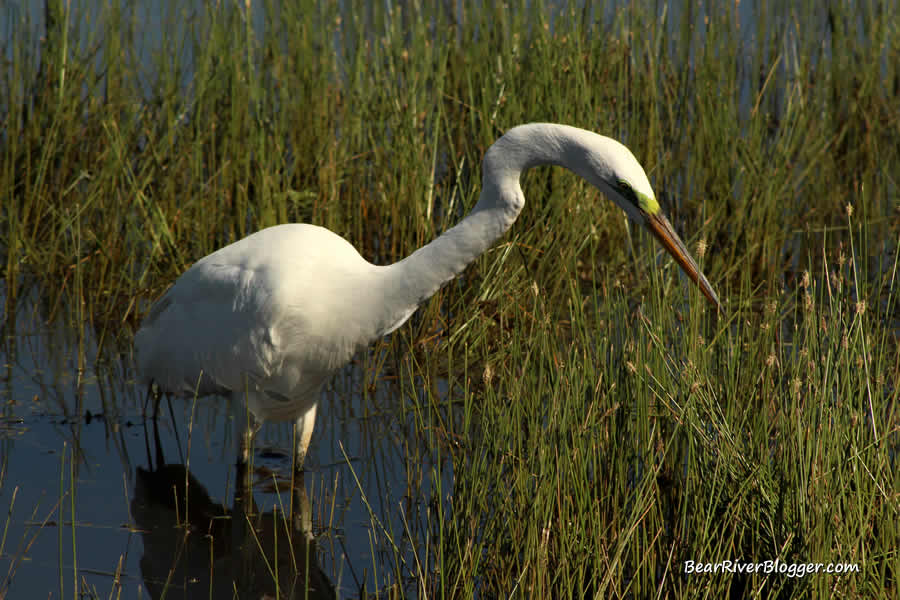
The sheer size of the great egret is the tell-tale identifier from the other two egret species here in Utah, with it being as large as a great blue heron.
Much like the great blue heron, the great egret slowly stalks its prey in shallow waters, standing still for long periods of time before it strikes its prey
The great egret feeds upon fish, frogs, and other small aquatic animals and insects it finds in the shallow waters it inhabits.
Conclusion
The interesting thing about egrets is I have actually seen all three species here in Utah on the same day on the Bear River Migratory Bird Refuge auto tour route.
It rarely happens since the cattle egret is more commonly found stalking fields and pastures, but it can be done with a little luck on the right day on both the Bear River Migratory Bird Refuge and Farmington Bay.
The key to finding egrets, especially the snowy and great egret, is visiting shallow wetlands where they like to wade and hunt for food.
When you find a shallow wetland here in Utah during the summer, look for the brilliant white feathers all egrets display and you should have no trouble finding an egret or two.
It’s mid-October and I haven’t seen an egret of any species for several weeks now, but they will return again in the spring for yet another summer of bird watching for anyone wanting to get away from the hectic world around us and enjoy some of what nature has to offer for a spell.

Bird watching is a great hobby for the young-in-body and the young-at-heart alike, all of us, in fact, can enjoy birding no matter what age we are.
And with areas such as Farmington Bay and the Bear River Migratory Bird Refuge nearby, Utah does indeed have some great areas for waterbirds that the avid birder or nature photographer can enjoy.
Subscribe
If you like birds and nature like I do, feel free to visit our subscribe page and sign up for email notifications for future blog posts.
We invite you to sign up and follow our website where we try to share all the great wonders of nature we come across, both on and off of the world-renowned Bear River Migratory Bird Refuge.
It’s a grand natural world out there and I am blessed to be able to photo and share it with all of you.
You can also help support our website by sharing blog posts you particularly like on your favorite social media outlet.
We appreciate and thank you all for the support and readership of our website.
Birding Apparel
American white pelican t-shirt. Use promo code save20 for 20% off this and all items in our online store Bird Shirts and More.
We appreciate your support for our website. Click the image for more information about this particular shirt or to make a purchase.

